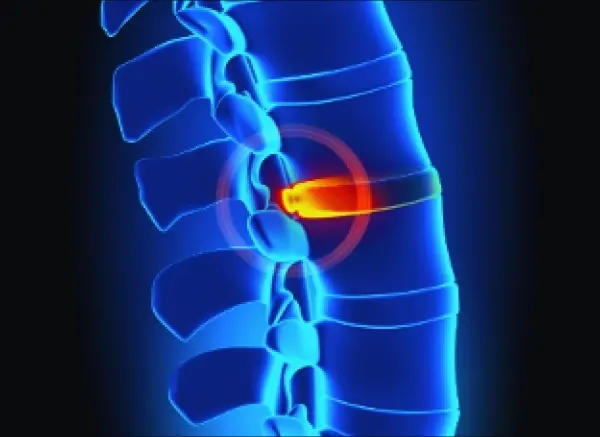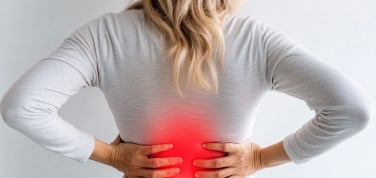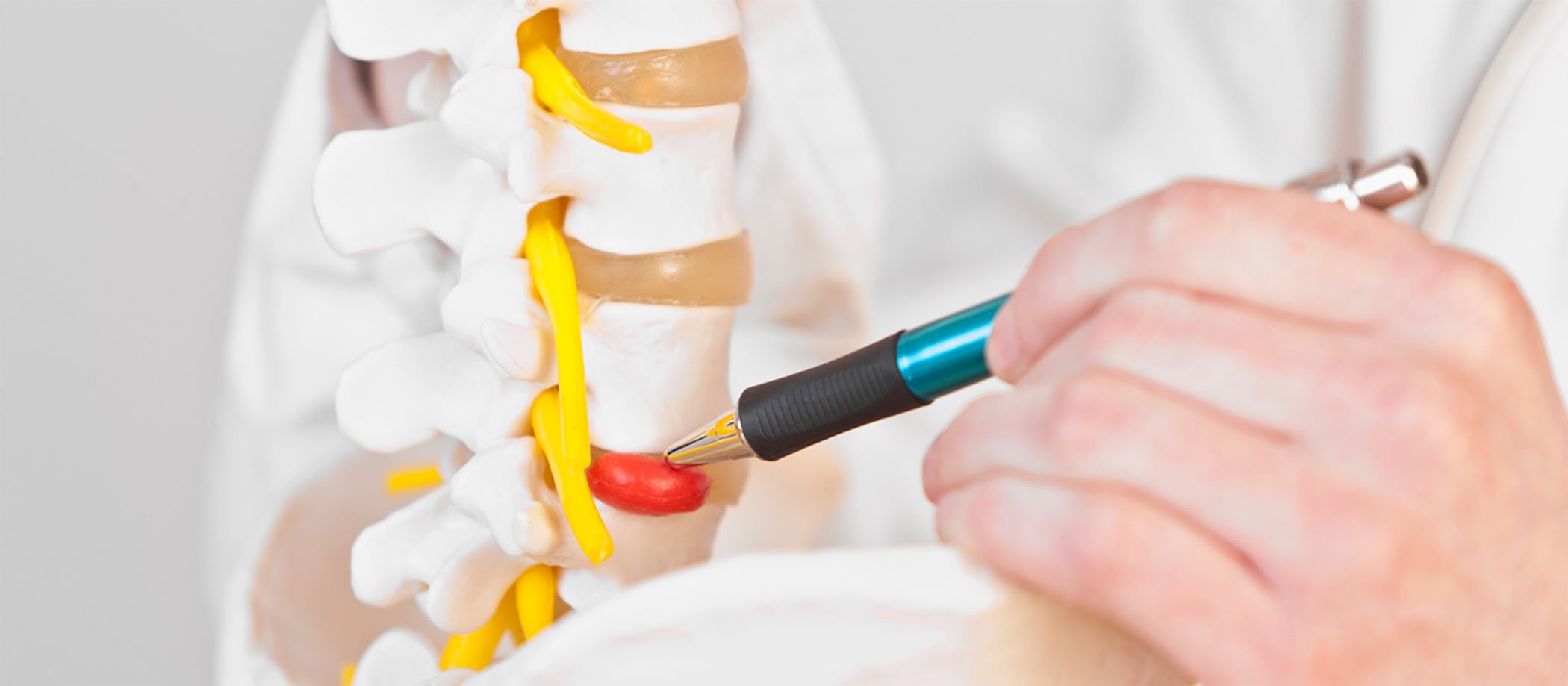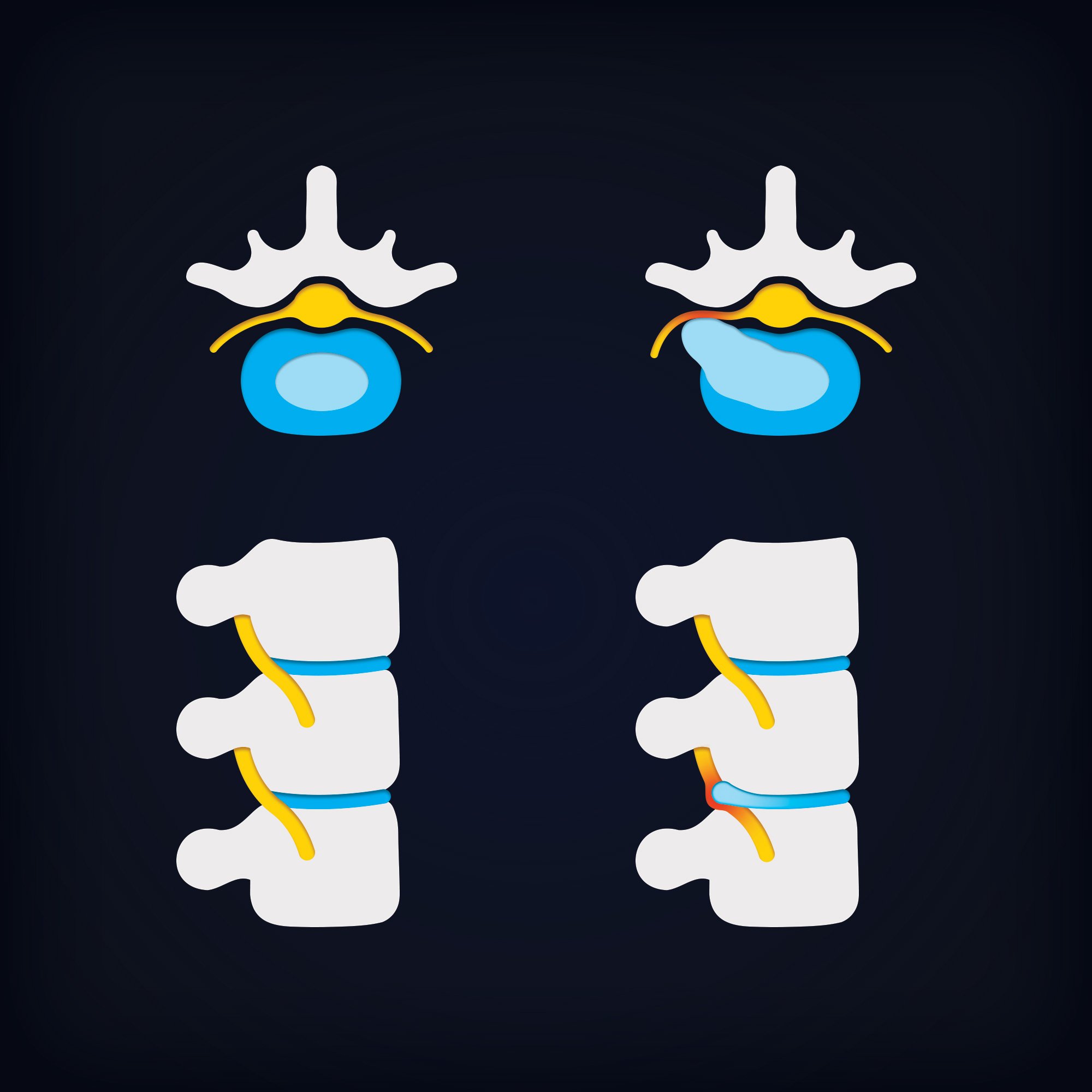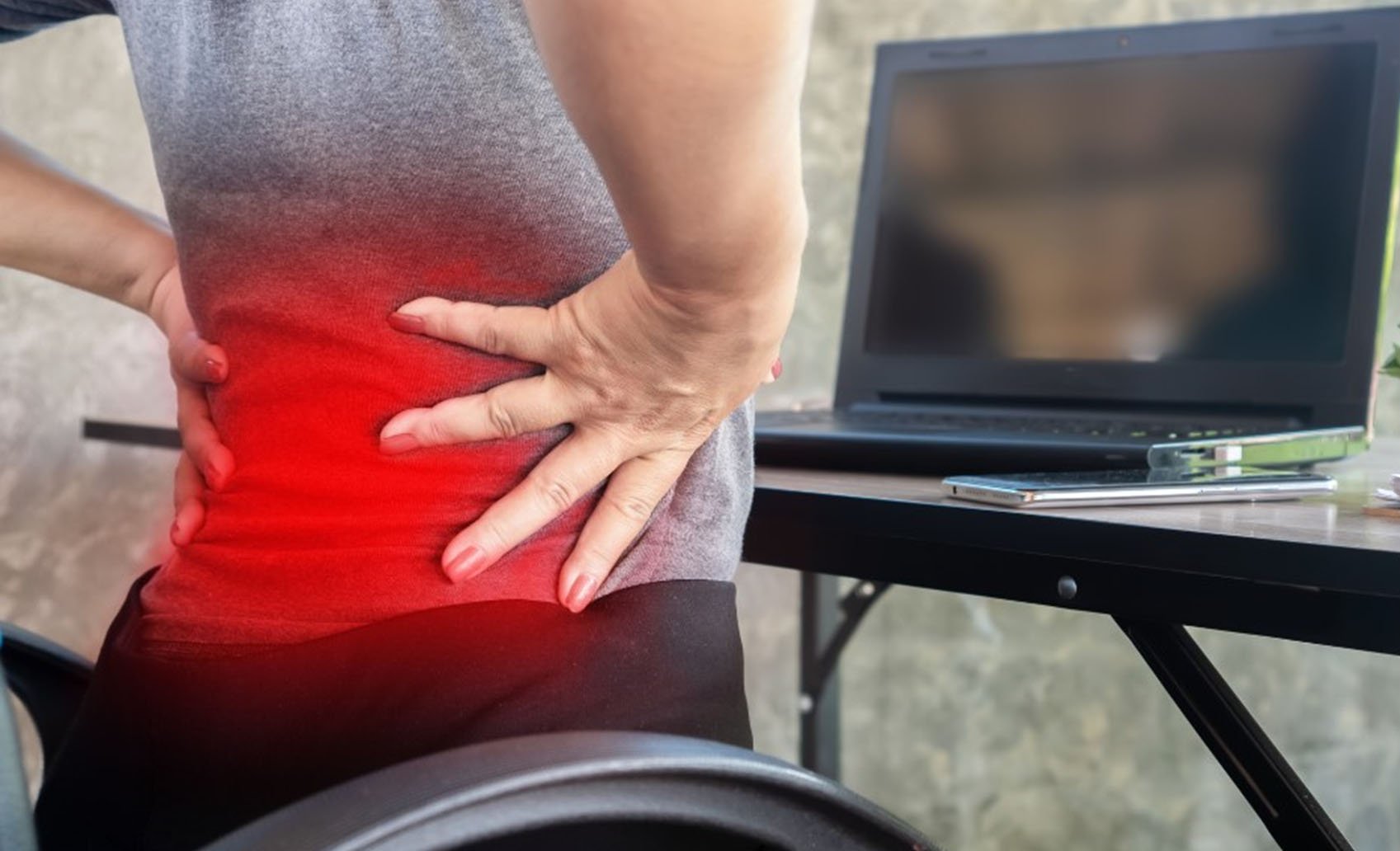Adding a cushion to your office or gaming chair might cause more problems than it solves. As a therapist and posture specialist, I understand the appeal of adding a cushion to your office or gaming chair. After all, who doesn’t want a little extra comfort when they’re spending hours sitting at a desk or gaming? But while it may feel good in the short term, adding a cushion can often do more harm than good.
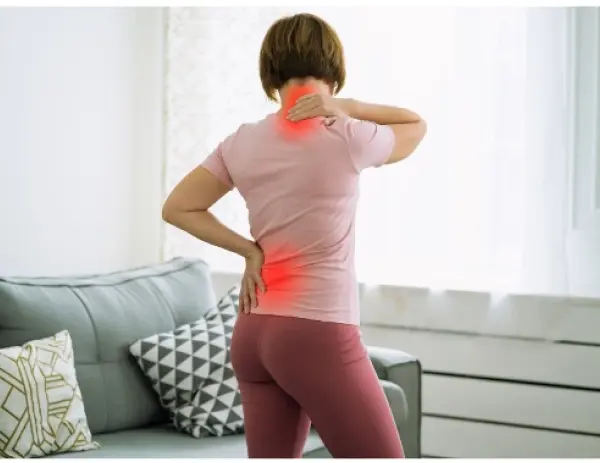
ANTHROS BLOG
Feb 05, 2025
Bulging Disc vs.
Herniated Disc:
What’s the Difference?
If you’ve ever had back pain or neck discomfort, you’ve likely come across the terms “bulging disc” and “herniated disc.” They might sound interchangeable, but they’re not quite the same.
Understanding the difference between these two conditions is key to getting the right treatment and, more importantly, finding relief.
Let’s dive into what makes them similar, what sets them apart, and why it’s important to know the difference.
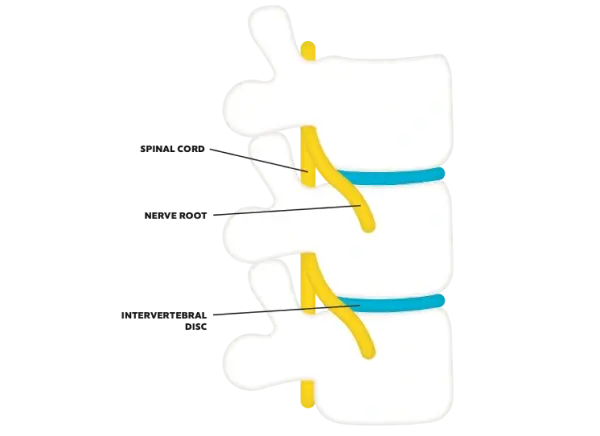
First, a Quick Anatomy Lesson
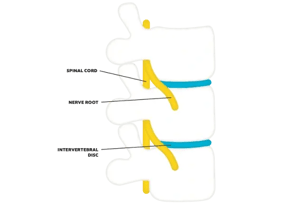
Your spine is made up of bones (vertebrae) stacked on top of each other with intervertebral discs in between.
These discs act as cushions or shock absorbers for your spine, helping you bend, twist, and move smoothly.
Each disc has a soft, gel-like center (nucleus pulposus) and a tougher outer layer (annulus fibrosus).
When these discs are subjected to stress or wear, they can develop issues like bulging or herniation. While both conditions affect the disc, they differ in severity and symptoms.
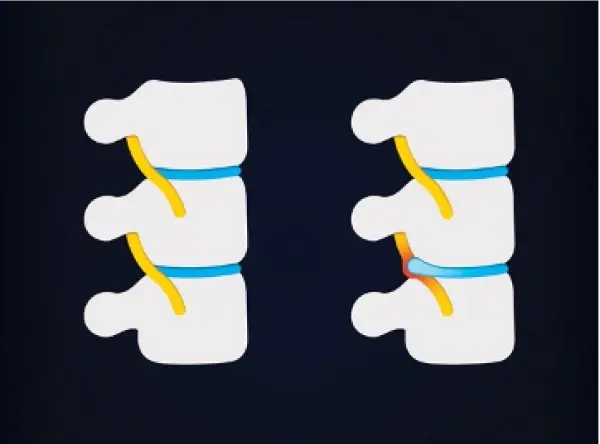
What Is a Bulging Disc?
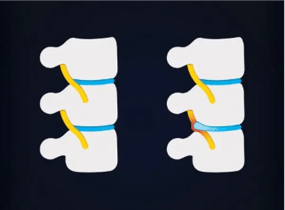
A bulging disc happens when the outer layer of the disc weakens, causing it to bulge outward.
Think of it like a balloon that’s been squeezed—the shape changes, but it hasn’t popped.
In most cases, the disc’s inner gel remains contained within the outer layer.
Key Features of a Bulging Disc:
- The disc protrudes evenly around its circumference.
- It often doesn’t cause symptoms unless it presses on a nerve.
- It’s usually associated with age-related wear and tear (degenerative disc disease).
Bulging discs can be a natural part of aging and might not even require treatment unless they cause pain or nerve-related issues.
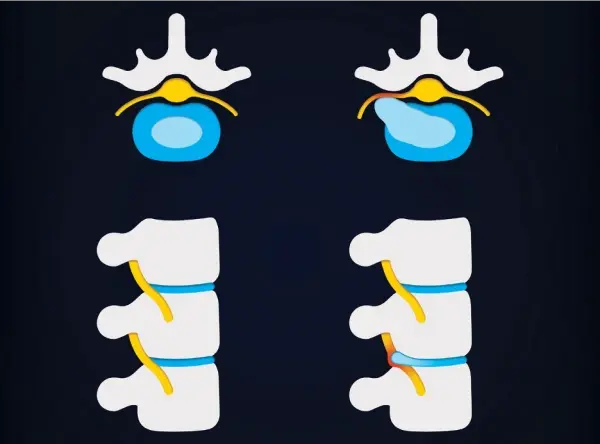
What Is a Herniated Disc?
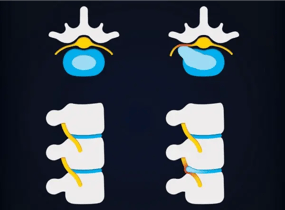
A herniated disc, on the other hand, is more severe. It occurs when the outer layer of the disc tears, allowing the gel-like center to push out.
This is sometimes referred to as a “slipped disc” or “ruptured disc.”
When the inner material escapes, it can irritate or compress nearby nerves, leading to pain, numbness, or weakness.
Key Features of a Herniated Disc:
- The disc’s inner gel escapes through a tear in the outer layer.
- It’s more likely to cause noticeable symptoms, especially nerve pain.
- It can result from injury, heavy lifting, or sudden twisting motions.
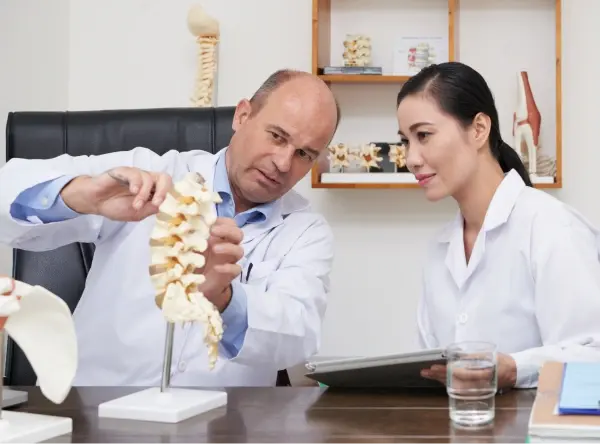
How Are They Similar?
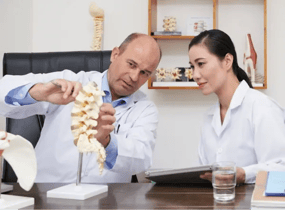
Both conditions involve changes to the intervertebral discs and can result in similar symptoms, such as:
- Back or neck pain
- Numbness or tingling in the arms or legs
- Muscle weakness
However, the severity and causes of these symptoms can vary depending on whether you’re dealing with a bulging disc or a herniated disc.
How Are They Different?
Feature
Cause
Severity
Structure
Symptoms
Bulging Disc
Often age-related degeneration
Mild to moderate
Outer layer intact
May be asymptomatic
Herniated Disc
Injury, heavy lifting, or trauma
Moderate to severe
Outer layer torn, gel leaks out
More likely to cause nerve pain
BULGING DISC
- CAUSE: Often age-related degeneration
- SEVERITY: Mild to moderate
- STRUCTURE: Outer layer intact
- SYMPTOMS: May be asymptomatic
HERNIATED DISC
- CAUSE: Injury, heavy lifting, or trauma
- SEVERITY: Moderate to severe
- STRUCTURE: Outer layer torn, gel leaks out
- SYMPTOMS: More likely to cause nerve pain
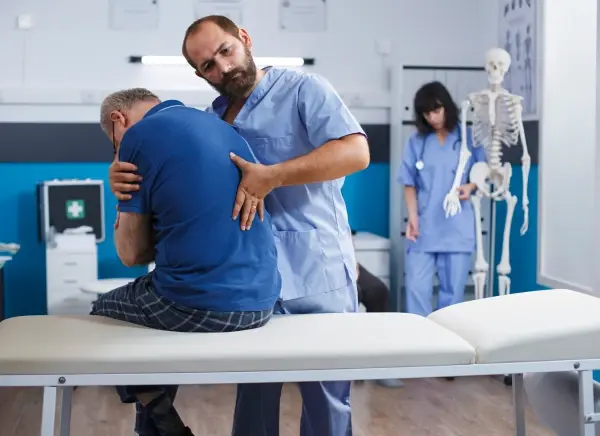
What About Treatment?
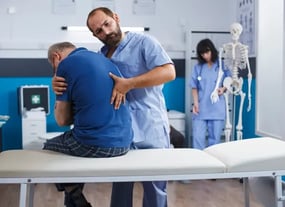
The good news is that both conditions can often be treated without surgery. Treatment options include:
- Physical Therapy: Addresses muscle imbalances to support the spine.
- Medications: Pain relievers, anti-inflammatories, or muscle relaxants.
- Lifestyle Changes: Better posture, a chair with pelvis support, and avoiding heavy lifting.
- Epidural Injections: To reduce inflammation and pain.
In severe cases, particularly with a herniated disc causing significant nerve compression, surgery may be needed.
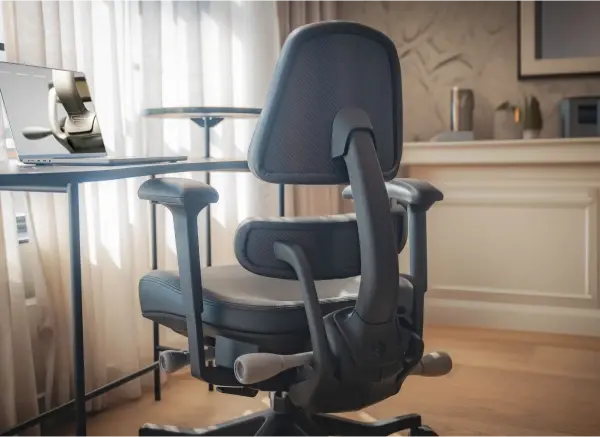
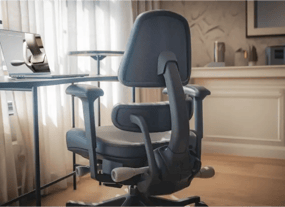
While bulging discs and herniated discs are closely related, understanding their differences can make a big difference in how you approach treatment.
If you’re experiencing back or neck pain, don’t ignore it. Early diagnosis and the right treatment plan can get you back to doing the things you love—pain-free.
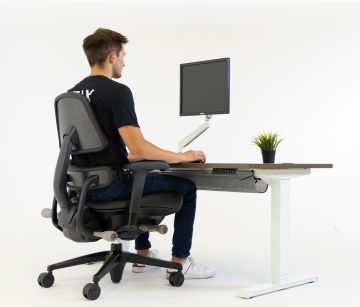
Recent Post
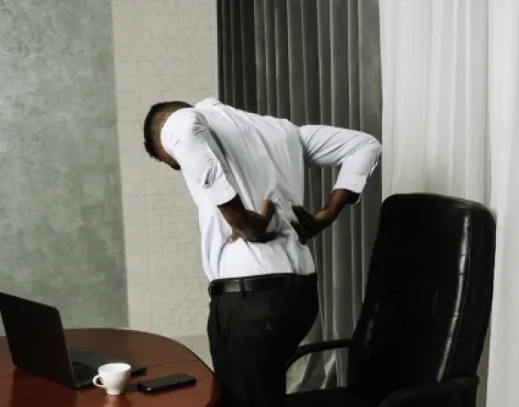
Exercises to Avoid With a Herniated Disc
March 6, 2025A herniated disc can put a serious damper on...

Gentle Back Exercises for Lower Back Pain & Herniated Discs
February 17, 2025Adding a cushion to your office or gaming chair...
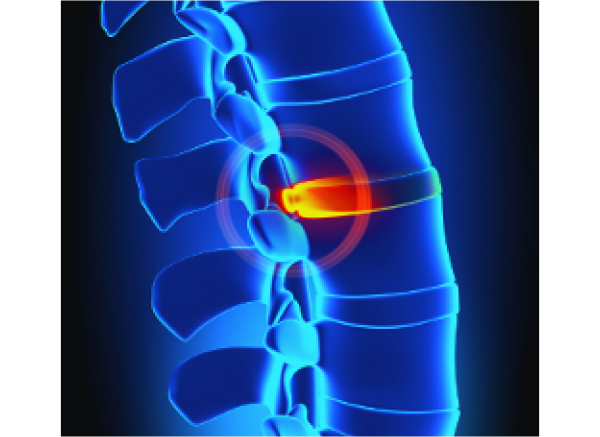
Bulging Disc vs. Herniated Disc:
February 5, 2025Adding a cushion to your office or gaming chair...




